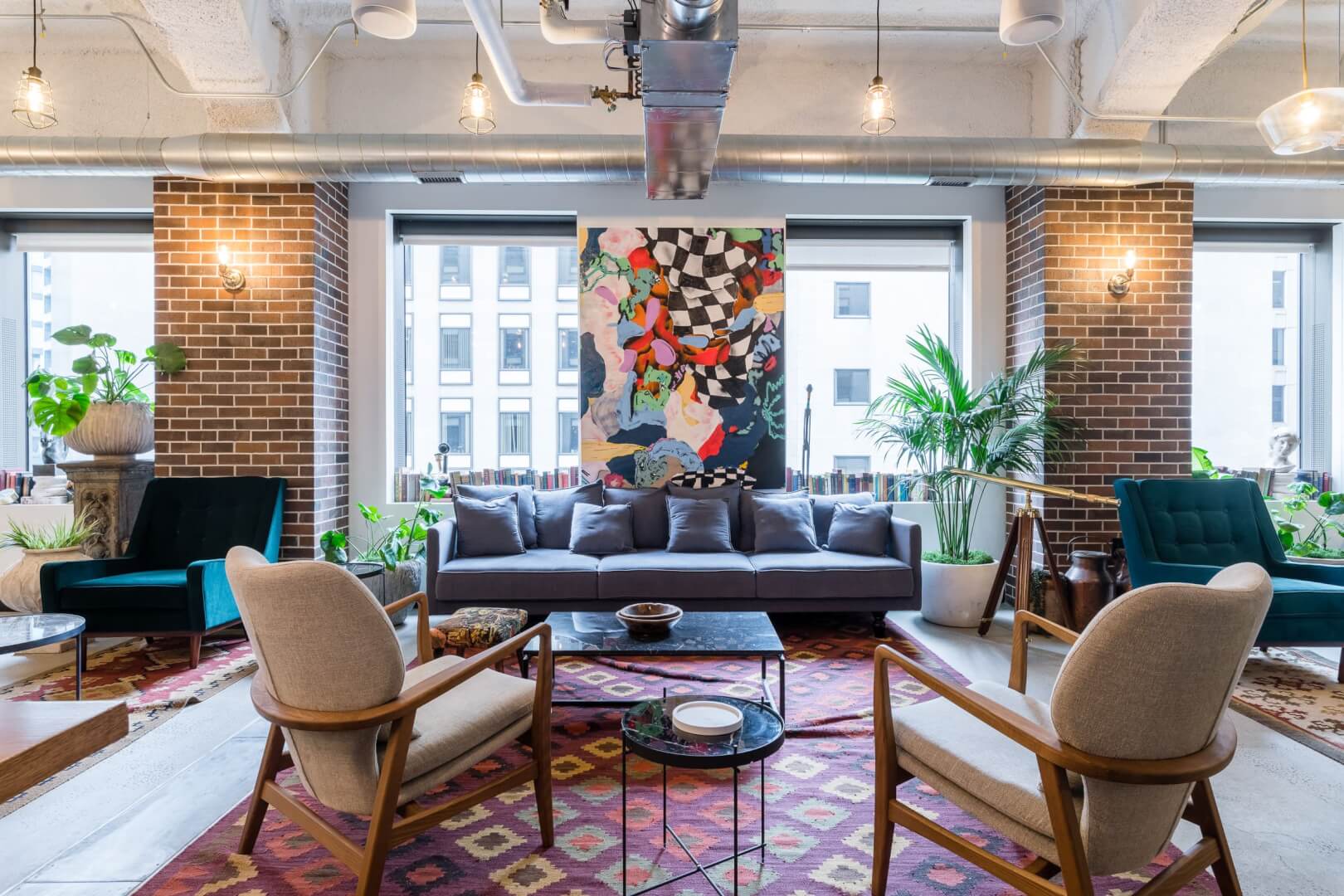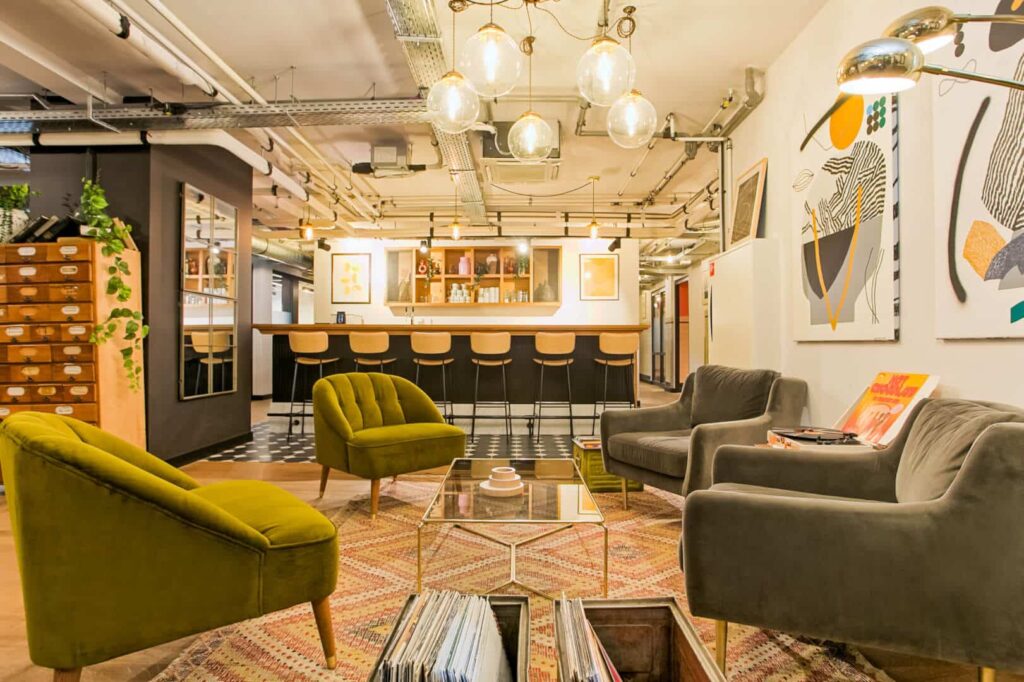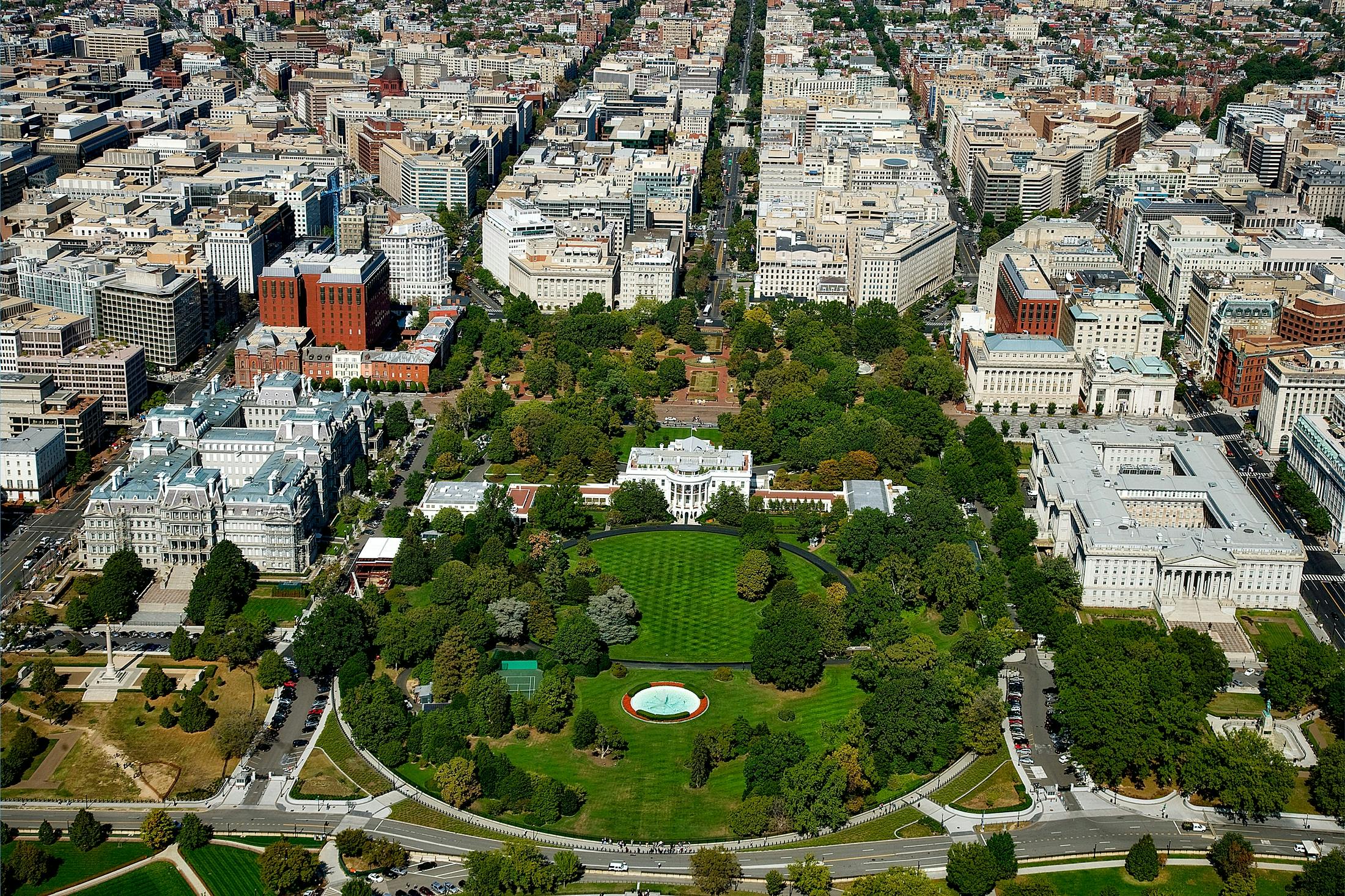
The Demand for Office Space for Rent in Washington DC: Key Factors Driving Growth
The US capital has always been important to the world of business. Here, everything from the federal government to industries like bioscience and tourism collide, with some of the country’s biggest companies calling DC their home. Unsurprisingly, Washington DC office space demand has always been high.
However, in recent years, these demands have been shifting. Rather than traditional office space, business clients are looking for more dynamic spaces to set up shop to facilitate remote and hybrid working models. Below, we’ll take a closer look at the current demand trends dominating the market, along with an insight into what factors are driving this demand.
Current Demand Trends
In recent years, office vacancy rates in Washington, DC, have been on the rise. By the end of 2024, vacancy rates stood at approximately 22.5%. While these rates might seem high, there’s more to uncover in these statistics. It’s the demand for traditional office that has been waning, rather than demand for workspaces in general. Users are increasingly looking for more flexible alternatives to the standard office setup, along with greater access to first-rate amenities.
While construction projects are still to match pre-pandemic levels, there has been an upswing in the number of premier office buildings being built in the US capital. However, these aren’t a good fit for everyone. For freelance professionals and startups, it’s the coworking sector that presents the most attractive prospects.
Offering a full suite of business amenities and competitive rates, coworking spaces are an affordable alternative for users looking to say farewell to restrictive leases and hidden costs. As of 2024, there were more than 270 flexible workspace locations in the city, placing Washington, DC comfortably in the top five for coworking spaces in the United States.
Remote work is also at an all-time high in Washington, DC. More than 126,000 workers currently operate remotely, with many more engaging in hybrid work. This change in the way of working necessitates a new type of workspace, with conventional offices not fit for purpose. With flexible membership options and scalable solutions, coworking spaces are well aligned with the needs of freelance professionals looking for a base of operations and companies keen to embrace the hybrid working model.
Factors Driving Demand
Washington, DC office space demand has never been higher. The city boasts one of the healthiest office rental markets in the country, with more than two-thirds of tenants looking to maintain their current spaces or seek out more square footage. Sectors including nonprofits, law, and government are leading the pack when it comes to prospective tenants, with all industries showing an appetite for trophy premises. In fact, it’s the outlook for this premier slice of the market that shows the most promise, with a projected 20% annual growth rate for lease volumes.
Confidence in the Washington, DC office space market also remains high because of a robust workforce. The US capital enjoys the most educated labor market in the entire country. In 2024, more than 186,000 people were graduates, accounting for more than 65% of adults. This rich talent pool is helping companies thrive, with a prosperous employment market buoying interest in commercial office locations and coworking spaces.
A significant increase in the number of businesses employing a hybrid model has also necessitated a new type of workspace. Flexible workspaces, such as coworking locations, are well aligned with the needs of the hybrid model. It’s not just businesses looking for more dynamic work environments that are driving this trend. With more people abandoning the conventional nine-to-five and exploring freelance opportunities, the need for flexible workspaces is increasing, with budget-conscious professionals still requiring a complete raft of business amenities.
Future Projections
2024 saw increased leasing activity across Washington, DC. More than 40 leases for spaces exceeding 10,000 square feet were signed in the second quarter of 2024 alone. The majority of these deals were renewals, with many companies choosing to expand their current footprint. Renewals in the private sector remain healthy, while government agencies were responsible for the biggest single renewal deals.
Although leasing activity remains high, there’s actually been a decrease in overall footprints over the past 12 months. This is largely down to the development of trophy office spaces, with more tenants choosing to upgrade to premier facilities with smaller footprints. Global law firm Gibson Dunn is one such example, with the company opting to reduce its office footprint by more than 70,000 square feet.
Generally speaking, vacancy rates remain high in the city, a combination of the delivery of new premises to the market and a negative absorption rate. However, expect vacancy rates to decline in the months ahead. Many office spaces are now being redeveloped as residential properties, while new demand drivers are likely to help reduce vacancy rates.
It’s no surprise that more companies are choosing to reconsider their office footprint. Square footage alone is no longer the ideal. Instead, there’s a soaring appetite for trophy office spaces that combine sustainable design with premium amenities. With fewer employees working full-time and more companies embracing a hybrid working model, there’s also less demand for desk space than there once was. In short, companies can afford to be discerning about square footage, leaving them free to focus budgets on more important workspace elements.
Case Studies/Examples
Many companies have thrived in the post-pandemic era, abandoning conventional office setups and adapting a new way of working. Take Capital One as an example. In 2021, the international credit card provider became one of the first companies to adopt hybrid working as the new normal. In order to facilitate this, Capital One was forced to open new offices that supported a combination of remote and in-house workers, allowing for increased flexibility and enhanced productivity.
Despite a shift to remote work, more people than ever before are working from the office in DC for the first time since the beginning of the pandemic. However, even companies with a high in-house headcount are being forced to rethink their approach to office premises. Gone is the demand for industrial units with hundreds of workstations, with trophy offices supplanting such locations as far as leasing activity is concerned.
Discover Premium Office Space in Washington, DC
Whether your business occupies the research, tourism, or information technology sector, securing the right office space in Washington, DC is essential. In recent years, demand for traditional office space has been in decline, with a soaring appetite for trophy offices replacing it. These first-rate facilities bring together prime locations with premium facilities, helping companies facilitate hybrid working without making any compromises to output and productivity.
Rethinking your office environment? If your current space isn’t working with you, it’s high time you start investigating alternatives instead. At Mindspace, you’ll find a range of impressive coworking spaces designed with hybrid working in mind. Our K Street premises are located in the sought-after One Franklin Square building, offering stunning views of the DC skyline and within a stone’s throw from the Washington Monument and Capitol. You’ll find a range of open space solutions, along with private offices, team suites, and dedicated spaces from where you can do business.
Interested in learning more about our Washington, DC locations? Why not book a tour online today?







